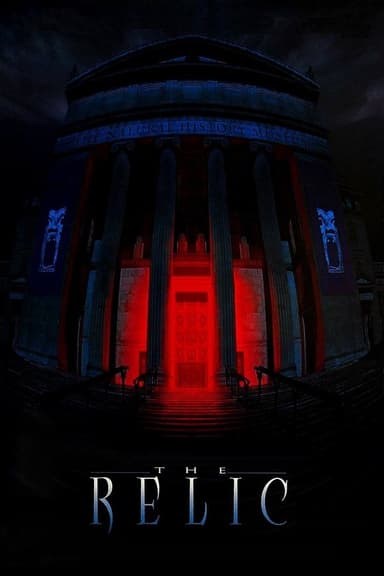
Phantoms
1998 • Horror, Science Fiction, Thriller • R
In the peaceful Colorado town of Snowfield, something evil has wiped out the community. And now, it's up to a group of people to stop it, or at least get out of Snowfield alive.
Runtime: 1h 36m
Why you should read the novel
Dean Koontz’s novel, Phantoms, delivers a far richer and more immersive horror experience than its 1998 film adaptation ever could. The book brims with psychological tension and atmospheric detail, drawing readers into the snowbound Colorado town plagued by mysterious disappearances and an ancient evil. Koontz crafts deeply developed characters, whose fears and relationships add vital emotional investment to the cosmic terror they face.
Fans of chilling mysteries and supernatural horror will appreciate the slow, meticulous buildup of dread that the novel sustains throughout its pages. Rather than rushing from scare to scare, Koontz methodically unveils the history and nature of the evil entity, providing a satisfying mix of science, folklore, and suspense. The book’s pacing and depth make its twists and revelations all the more rewarding, leaving readers genuinely unnerved.
Reading the novel allows you to savor Koontz’s richly descriptive style, which evokes the isolation and creeping paranoia as the town’s secrets unfold. The film, in contrast, oversimplifies and condenses the story, losing much of its nuance and complexity. For those seeking a truly immersive and intellectually engaging horror story, the book is undeniably the superior choice.
Adaptation differences
One major difference between Dean Koontz’s novel and the 1998 film adaptation of Phantoms lies in character development. The novel spends considerable time delving into the personal histories, fears, and motivations of its main characters, particularly sisters Jenny and Lisa Paige. This deeper characterization makes their struggle with the unknown more compelling. In contrast, the film rushes through introductions, providing minimal insight into their personalities, which can make them feel like generic protagonists.
The nature and presentation of the antagonist also differ significantly. In the book, Koontz offers a detailed, almost scientific explanation of the creature—the Ancient Enemy—and its origins. This gives the novel weight, blending speculative science with horror. The film, for the sake of runtime and simplicity, glosses over this mythology, opting instead to depict the antagonist primarily as a monster without exploring its fascinating backstory in depth.
Another key difference is the tone and buildup of suspense. Koontz’s writing excels in building a slow-burn, methodical sense of dread that intensifies as the mysterious events unfold. The isolation of Snowfield, the eerie stillness, and the gradual escalation of horror are all essential elements of the book’s atmosphere. The movie, on the other hand, leans on conventional horror tropes and special effects, sacrificing psychological tension for jump scares and more overt violence.
Finally, several plot elements and subplots are altered or omitted entirely in the film. The book explores more about the government’s involvement, the historical context of similar disappearances, and the philosophical implications of the Ancient Enemy’s existence. These layers add depth to the book’s overarching themes but are largely left unexplored in the adaptation, resulting in a more superficial horror experience on screen.
Phantoms inspired from
Phantoms
by Dean Koontz











